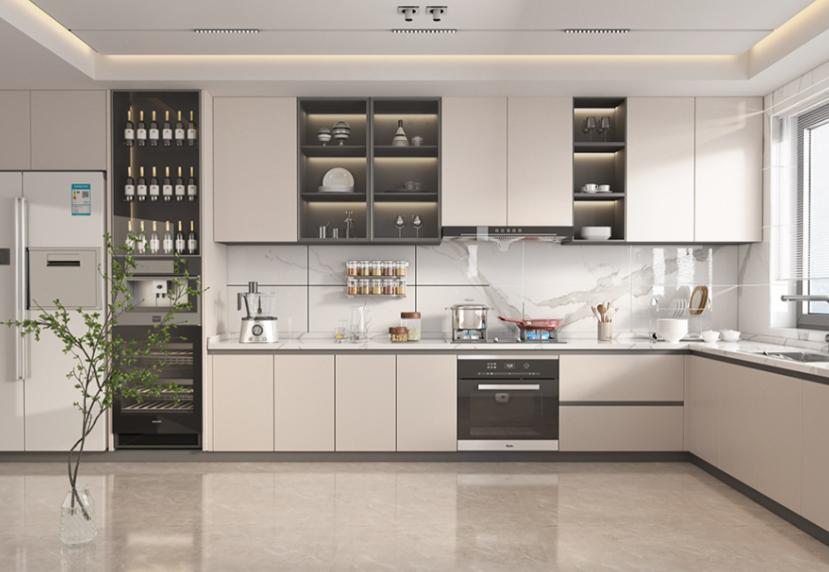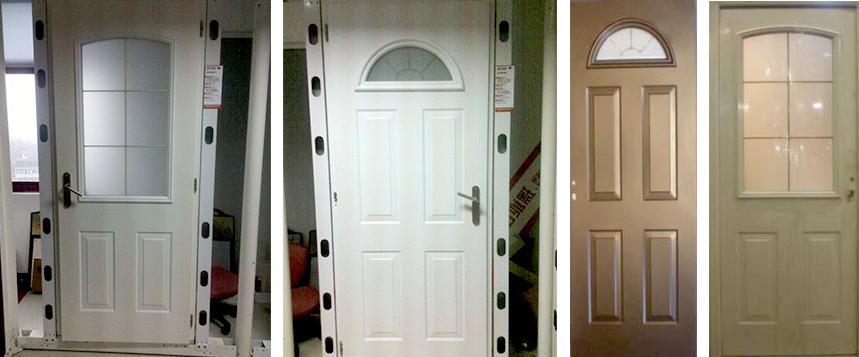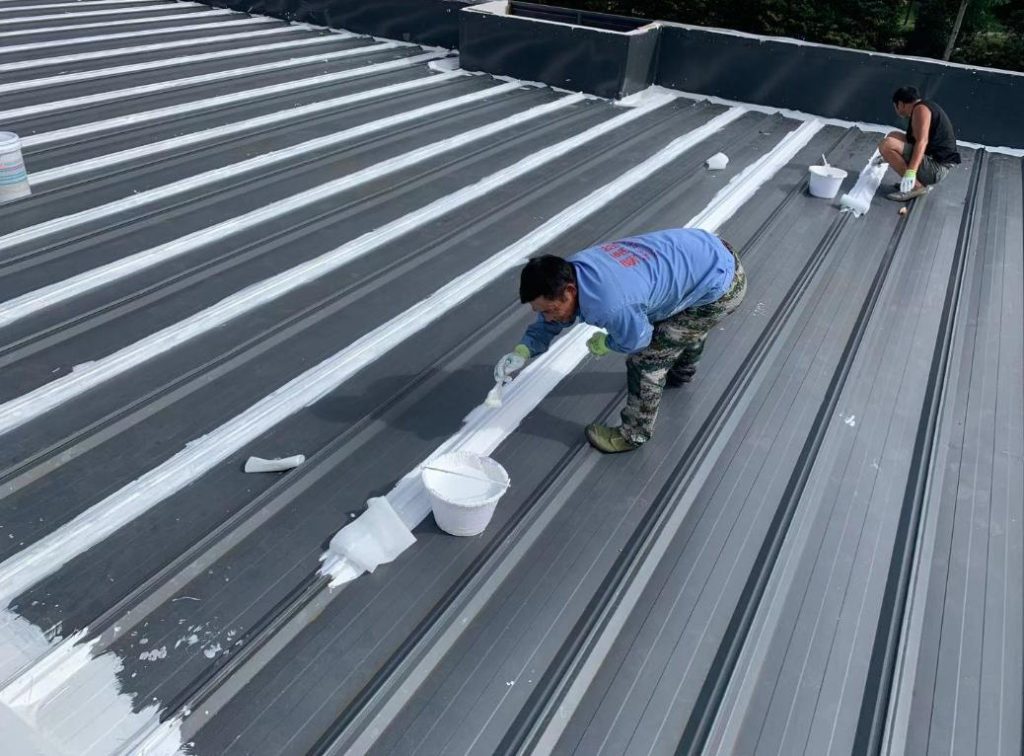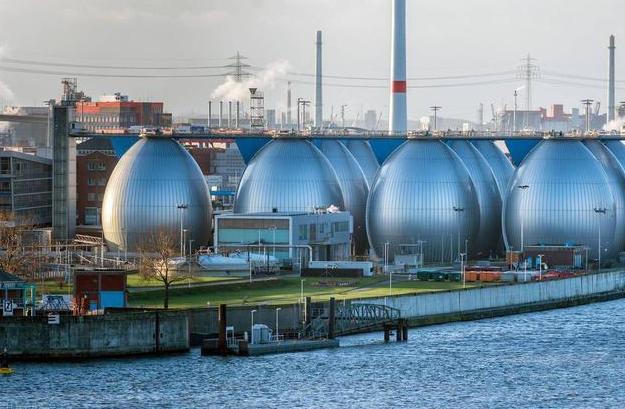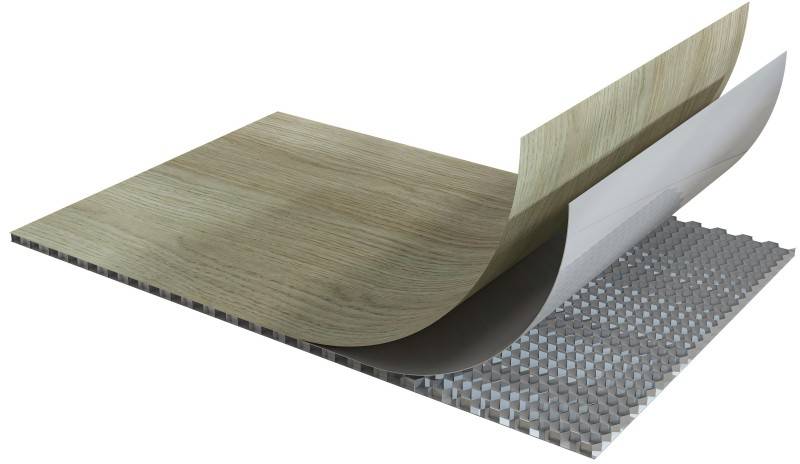In the case of aluminium square tube thickness, the measurement itself has very little meaning, but rather the strength, compensability, and efficiency factors associated with it. Spending more than you have to when creating a framework for a lightweight display, or a heavy structural support, is quite easily avoidable with the right choice of aluminium square tube thickness.
The most common question we get as an aluminium tube supplier is, “how thick should my aluminium square tube be?” Let’s break it down.

1. How Thickness Affects Load-Bearing Capacity and Structural Strength
In any given condition, the wall thickness of the aluminum square tube determines it’s load-bearing capacity and structural strength the most compared to any other condition (the alloy and state).
An increase in thickness for any given element will improve its capability to resist bending and torsional loads. Consider the comparison between a paper cylinder and a wooden stick. The wooden stick will always provide better stability.
In the case of designing a frame or load-bearing structure, the optimum minimum wall thickness…has to be calculated in consideration of the span and the load. With long spans and heavy loads (like on equipment racks and heavy-duty shelving), the use of thick walled tubing made of aluminum (like 2.0mm or more) is imperative to ensure safety.
On the other hand, thin walled aluminum square tubing is more usable for furniture, decorative panels, and lightweight enclosures because it’s easy to maneuver and lightweight.
Make the point clear… always integrate safety margins in your design structural design. Compromising safety because of cost is a huge mistake. If you need assistance, it’s advisable to reach to your supplier. You can also use the aluminium square pipe size chart to find correct dimensions and mechanical ratings.
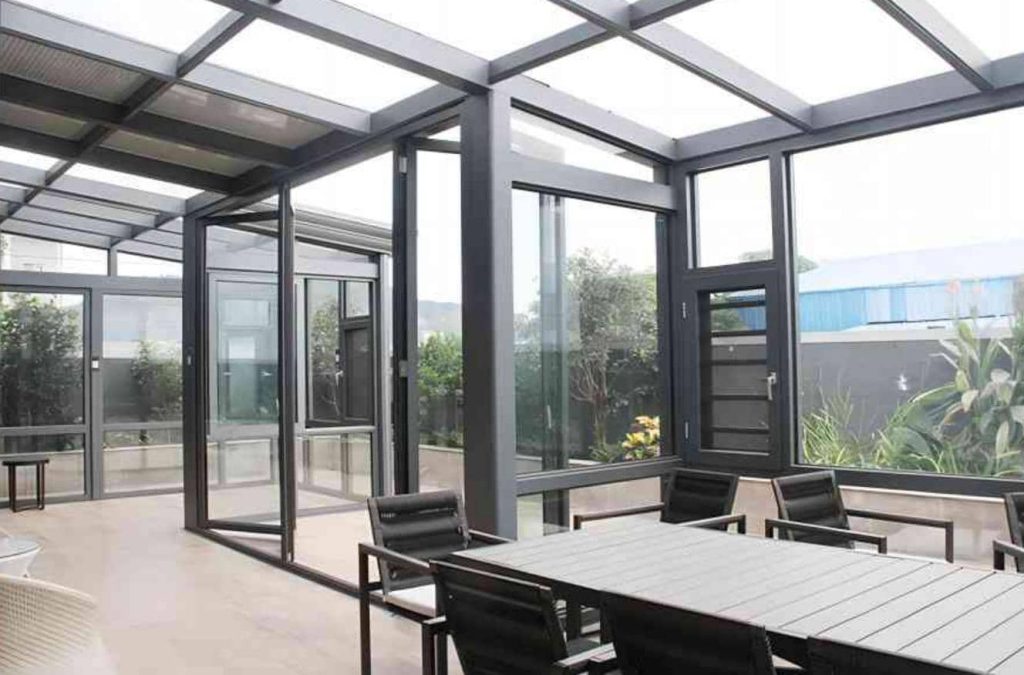
2. How Thickness Affects Surface Treatment
Treatment to surfaces of aluminum square tubes like anodizing and powder coating improves the appearance of the tubes while also improving its resistance to corrosion. Effectiveness is influenced by the thickness of the material.
- Anodizing: This particular form of anodizing is slightly goes through the base. The tube is considered to be too thin if it is less than 1mm, Attributes like strength and the risk of deformation increases if there are oxidation and areas of thinness.
- Powder Coating: A coating is the result of the deformation of base materials through pretreatment which entails the use of pickling and pre-chromizing, and at the same to curing at elevated temperature. A coating is composed of sufficient thickness which results in stronger adhesion to the surface, and is fully and smoothly covering the tube which.
What we recommend: In the event that you look to have surface treatment with high expectations, in particular to the appearance, the thickness of the surfaces have to the. This will ensure the surface will be protected while also possesing an aesthetic appearance.
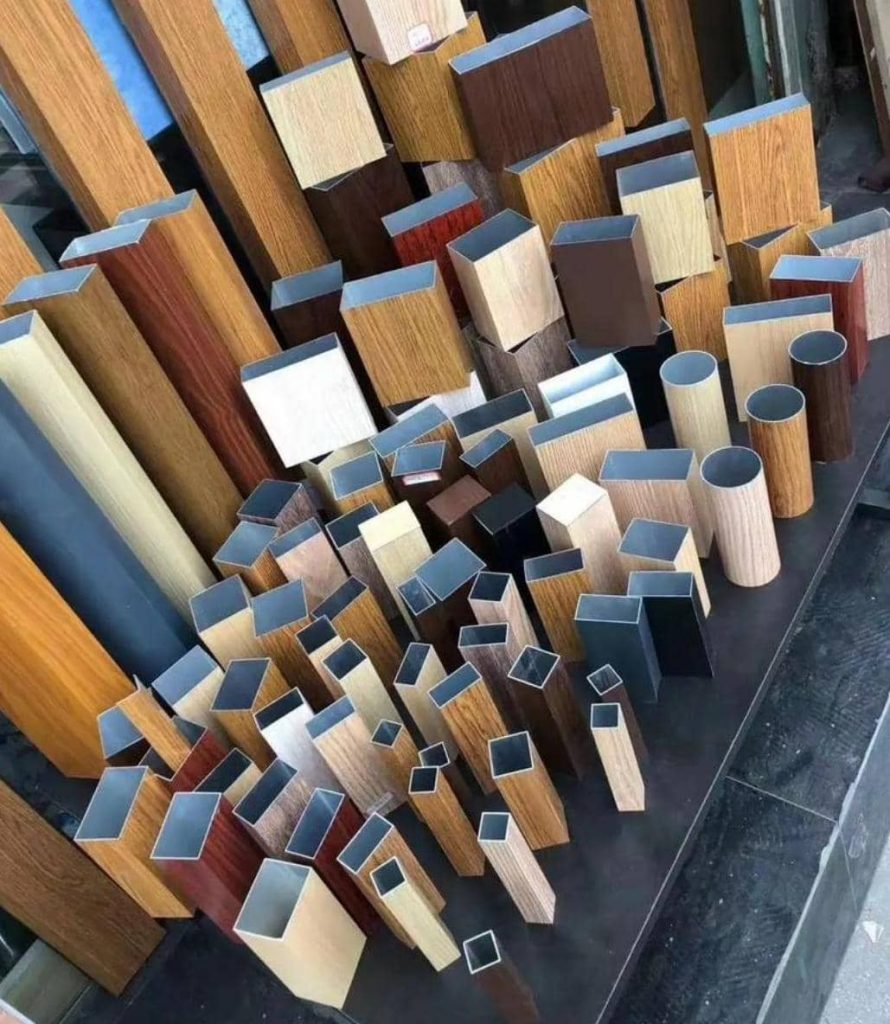
3. How Thickness Affects Machining and Welding
We understand the struggles of processing due to the selection of thicknesses and how it influences the ease of operation and yield.
When cutting and punching: thin-walled tubes (0.8-1.2 mm thick) are the easiest to work with, although careless processing can result in end deformation or burrs.
Welding: This poses the greatest concern. Square aluminum tubes with a thickness of less than 1.5 mm are easily burned through during welding which a welder in an armageddon deal with above 1.5 mm thickness and the set of doomsday tools will do. 2.0 mm thick tubes in the other hand do not have much of a problem as they are welded and create a stronger together.
Recommendation: For products that have a significant amount of welding, use aluminum tubes of 1.5 mm thick or greater. This will lower your defective rate during the production process.

4. Actual Thickness vs. Nominal Thickness: Understanding Standards
This is one of the most likely areas of spending to waste money and get snared in traps.
Not all tubes marked “2 mm” are actually 2 mm thick. There is such a thing as ‘paper-thick’ and ‘real-thick’. In order to avoid misunderstandings and being supplied with non-standard, undersized, or undersized materials, consider the following.
“Full Thickness” vs “Non-Standard” Tubes
- Full Thickness – Actual thickness equals, or is very close to, nominal thickness and meets the 45 National Standard Template national standard tolerance, which is usually negative, usually over to the nominal standard tolerance.
- Non-Standard – Actual thickness usually is less than, or below lower limit, of the the national standard tolerance, which is “low tolerance pipe” for nominal “1” 1.0mm to 0.85mm and less.
Many “cheap” cheaper suppliers only lower the the the the thickness, which saves material, and weakens the struture, which replaces structure material.
Adhere to international standard compliance: Always supply materials as stated in Compliance box of their agreed upon and with ASTM Standard B221, EN 755. or GB T 6892 which guarantees supplied uniformly square tube pure International Standard.
Shall the measurement prolonged: Always with a micrometer or a gauge and a thickness elongation marker at several points to certify the the of and the of thickness and is
When considering a supplier it is important to select those that comply to standards when supplying rectangular aluminum tubes in order to maximize both safety and efficiency. This also saves you from the trouble of paying for tubes which are advertised as ‘2 mm’ when in reality it is 1.6 mm.

5. How to Choose the Most Cost-Effective Thickness
The goal is to match the strength requirement with the lowest possible cost. Avoid the common missteps.
Balancing Thickness and Cost
A common misconception is that “the thicker, the better.“
While thick wall aluminium tubes are stronger, they also increase weight and cost – sometimes unnecessarily. The key is finding the balance between thickness and structural demand.
Buying a 3.0mm wall tube when a 2.0mm tube meets all load requirements simply adds unnecessary material weight and cost to your project.
Through early communication with designers or suppliers like us, we can optimize the structural design (such as adding reinforcement ribs, changing the support point layout) to use more economical thickness and achieve the effect of “a little effort to achieve a great result”.
Recommended Thickness by Application
Here are general recommendations from our experience as an aluminium square tube supplier:
| Application Category | Typical Usage Examples | Recommended Thickness Range | Key Considerations & Notes |
| Decorative Aluminium Square Tubes | Door and window frames, exhibition stands, interior decoration, ceiling systems | 0.8 mm – 1.2 mm | Visual or lightweight support: Meets basic structural and aesthetic needs with optimal cost efficiency. |
| Interior Aluminium Tubes (Regular/Glass Integrated) | Indoor partitions, furniture frames, glass display racks | 1.2 mm – 2.0 mm | Balanced strength and cost: Suitable for most indoor light structural applications. |
| Structural Aluminium Tubes | Automation equipment frames, lightweight machine supports, workbench structures | 2.0 mm – 3.0 mm | Lightweight structures: Offer reliable load-bearing performance and stability; widely used in industrial applications. |
| Heavy-Duty Structural Aluminium Tubes | Heavy machinery frames, conveyor systems, high-load storage racks | 3.0 mm – 5.0 mm or thicker | High-strength structures: Require precise mechanical design and safety calculations; strength is the top priority. |
| Outdoor and Special Applications | Outdoor billboard frames, architectural guardrails, curtain wall support systems | 2.5 mm and above | Weather and wind resistance: Designed to withstand harsh environments, ensuring long-term safety and stability. |
The table records reasonable approximations formed through common practices within the industry. For any ‘critical load-bearing structures, professional structural calculations are strongly recommended, and it is vital that no mistakes are made.’

Choose Smart, Not Just Strong
When it comes to choosing the thickness of an aluminum square tube, it goes beyond a mere number. So we consider safety, appearances, the skill level required, and the price. We recommend that you keep the following in mind, safety is paramount, design can be refined, inspections should be tough, and the tightest fit is the best fit. Don’t be hasty and be sure to make the most out of your dollars.
If you’re unsure which square tube wall thickness fits your needs, consult a professional supplier.
At CHAL Aluminium, we provide a wide range of standard and custom aluminium square tubes, including black anodized aluminum square tubing and thin or heavy wall options — all manufactured under strict quality standards.
Choose smart, buy confidently, and build better with CHAL Aluminium.


